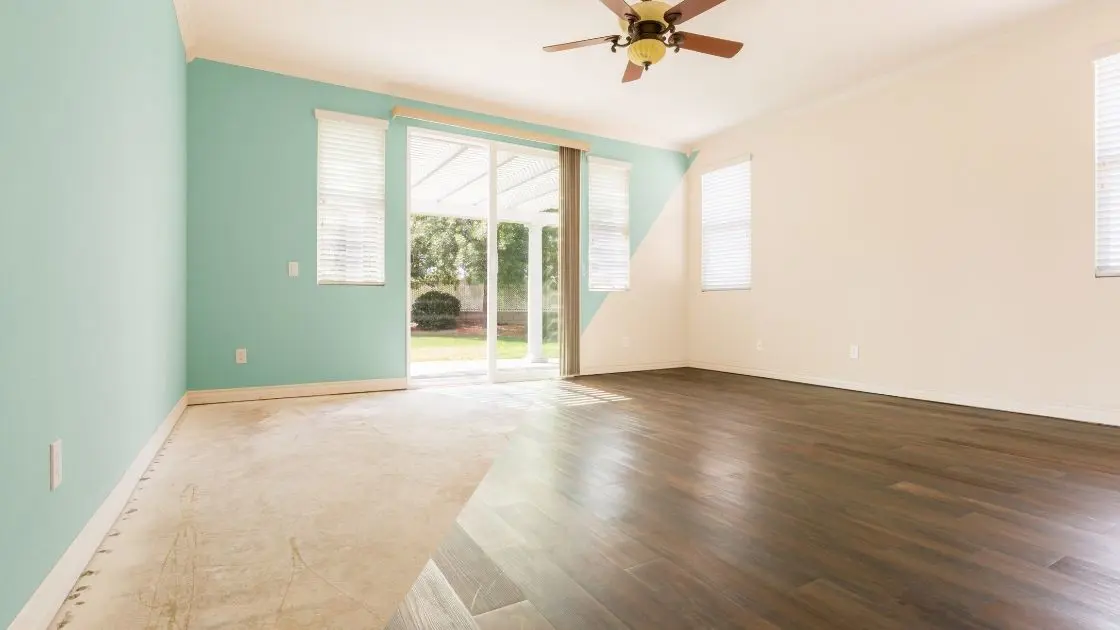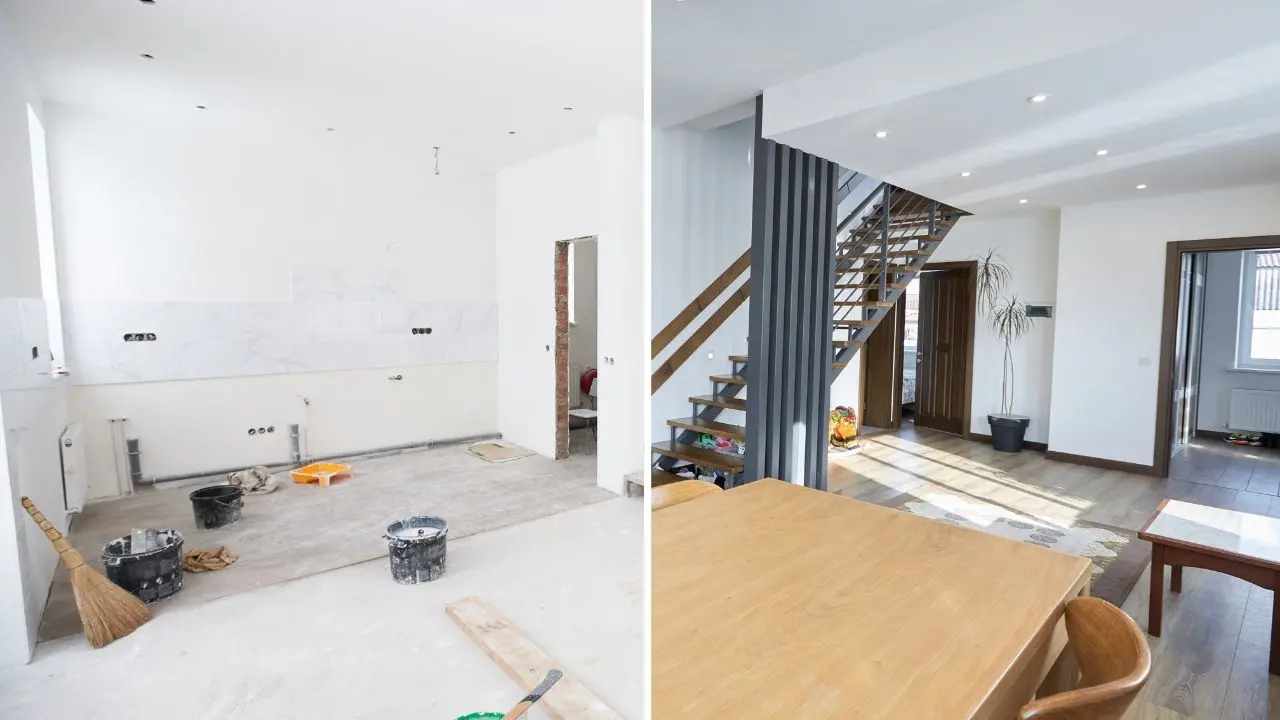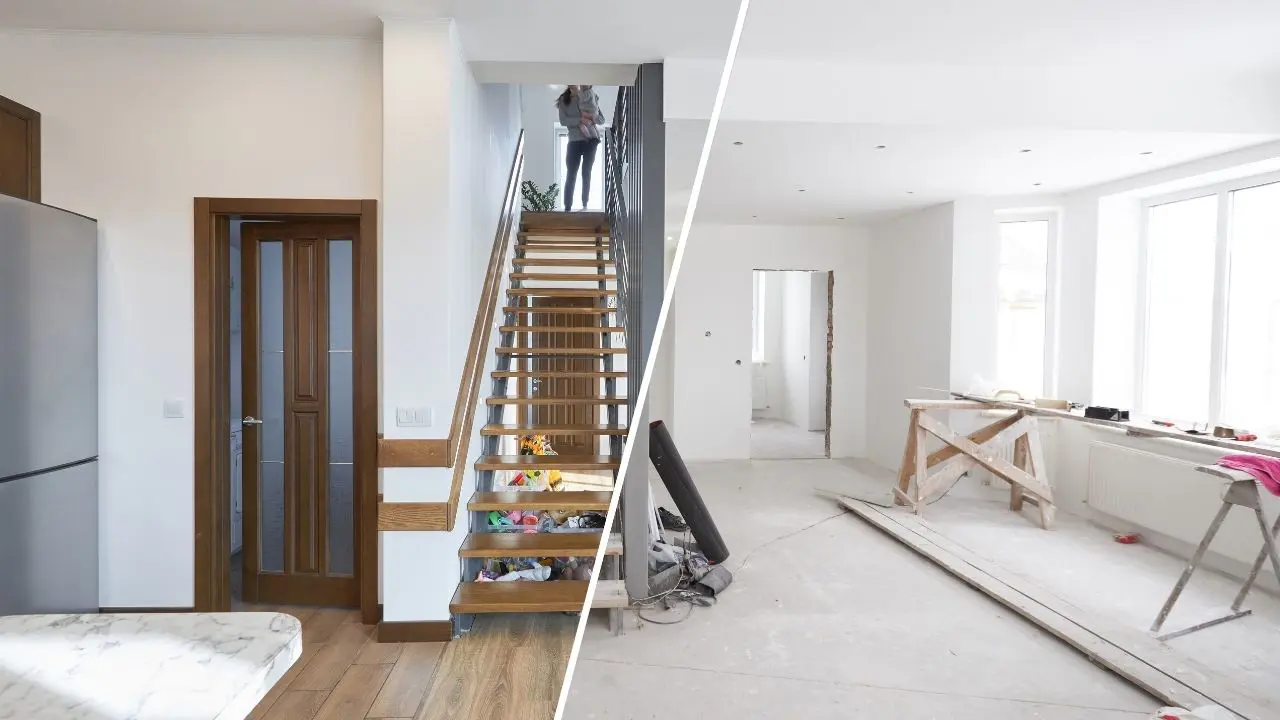Transforming Your Space: The Complete Guide to Small Home Renovation
Are you considering a small custom home builds renovation to breathe new life into your space? Whether you're looking to update a single room or tackle a comprehensive overhaul, a well-executed renovation can enhance the functionality, comfort, and aesthetic appeal of your home. In this guide, we'll explore the ins and outs of small home renovation, offering valuable tips and insights to help you achieve your vision.

Understanding the Scope of Small Home Renovation: A small home renovation can encompass a wide range of projects, from simple cosmetic upgrades to more extensive remodeling efforts. Common areas targeted for renovation include bathrooms and kitchen, living rooms, and bedrooms. Additionally, exterior improvements such as landscaping, siding replacement, and window upgrades can enhance curb appeal and overall property value.
Planning and Preparation: Before diving into a small home renovation project, it's essential to develop a clear plan of action. Start by identifying your renovation goals and priorities. Do you want to improve functionality, update outdated features, or enhance visual appeal? Once you've defined your objectives, create a budget and timeline to guide the renovation process. Consider factors such as materials, labor costs, and permits when estimating expenses and scheduling.
Choosing the Right Renovation Projects: When planning a small home renovation, it's important to prioritize projects that will have the greatest impact on your living space. Focus on areas that are most in need of improvement or that align with your long-term goals for the home. For example, updating a worn-out kitchen or refreshing a dated bathroom can significantly enhance both the functionality and resale value of your property.
Executing the Renovation: With your plan in place, it's time to begin the renovation process. Whether you're tackling the project yourself or hiring professionals, attention to detail is key to achieving successful results. Take the time to select high-quality materials and finishes that complement your home's style and meet your needs. Communicate openly with your renovation team to ensure that everyone is on the same page regarding project goals, timelines, and budgetary constraints.
Maximizing Space and Functionality: In a small home renovation, maximizing space and functionality is paramount. Look for opportunities to optimize storage, improve traffic flow, and enhance usability in each room. Consider space-saving solutions such as built-in storage, multifunctional furniture, and clever design tricks to make the most of every square foot.
Adding Personal Touches: A small complete home renovation is your opportunity to infuse your space with personality and style. Incorporate elements that reflect your tastes and preferences, whether it's a bold color scheme, unique architectural details, or personalized decor accents. By adding personal touches, you can create a home that feels distinctly yours and brings you joy every time you walk through the door.
Completing the Renovation: As your small home renovation nears completion, take the time to review the finished results and address any remaining details or touch-ups. Conduct a final walkthrough to ensure that all work has been completed to your satisfaction and that any outstanding issues are resolved promptly. Celebrate the completion of your renovation project and enjoy the transformed space that reflects your vision and enhances your lifestyle.
In conclusion, a small home renovation offers the opportunity to revitalize your living space and create a home that is both functional and stylish. By carefully planning and executing your renovation project, you can achieve the results you desire and enjoy a space that meets your needs and reflects your personal style. Whether you're updating a single room or tackling a comprehensive overhaul, a small home renovation has the power to transform your space and enhance your quality of life.

Small Home Renovation: Before and After
Renovating a small home can yield remarkable transformations, turning cramped and outdated spaces into functional, stylish, and inviting environments. In this showcase of before and after photos, we'll explore the remarkable changes that can be achieved through a small home renovation.
Before: In the "before" photos, we see a small home with dated features, limited storage, and inefficient layout. The kitchen appears cramped and closed off, with outdated cabinets, countertops, and appliances. The bathroom is functional but lacks modern amenities and aesthetic appeal. The living spaces feel cluttered and lack cohesion, with mismatched furniture and outdated decor.
After: Now, let's take a look at the "after" photos, showcasing the stunning results of the small home renovation. In the kitchen, we see a complete transformation, with bright, open-concept design, modern cabinetry, and sleek countertops. The addition of a kitchen island provides additional storage and workspace, while pendant lighting adds a touch of elegance.
Moving to the bathroom, we find a spa-like retreat featuring contemporary fixtures, a spacious walk-in shower, and luxurious finishes. The addition of a glass shower enclosure and floating vanity creates a sense of openness and enhances the overall flow of the space.
In the living areas, we observe a cohesive design scheme with carefully curated furnishings, stylish accents, and strategic use of color and texture. Clever storage solutions, such as built-in shelving and hidden compartments, maximize space and minimize clutter, creating a sense of openness and organization.

How to renovate a house cheaply?
Prioritize: Identify the areas of your house that need the most attention and focus your budget on those areas. For example, if the kitchen and bathroom are outdated, consider allocating more funds to renovating those spaces while making minimal changes to other rooms.
DIY: Take on some of the renovation tasks yourself to save on labor costs. Simple projects like painting walls, installing new light fixtures, or refinishing cabinets can often be done with basic tools and minimal expertise.
Shop Smart: Look for deals and discounts on materials and fixtures. Visit home improvement stores during sales events, search online marketplaces for discounted items, and consider purchasing gently used or surplus materials from salvage yards or renovation stores.
Reuse and Repurpose: Instead of buying new, consider reusing or repurposing existing materials and furnishings. For example, old doors can be transformed into rustic tabletops, and salvaged wood can be used to create unique accent walls or shelving.
Focus on High-Impact Changes: Look for cost-effective upgrades that make a big impact. Fresh paint, new hardware, and updated lighting fixtures can instantly refresh a space without breaking the bank.
Consider Alternative Materials: Explore budget-friendly alternatives to expensive materials. For example, laminate countertops can mimic the look of granite at a fraction of the cost, and luxury vinyl plank flooring can replicate the appearance of hardwood without the hefty price tag.
Limit Structural Changes: Avoid costly structural changes that require extensive demolition or construction work. Instead, focus on cosmetic updates that can be completed quickly and affordably.
Plan Ahead: Create a detailed budget and renovation plan before starting any work. Research costs, obtain multiple quotes from contractors, and set aside a contingency fund for unexpected expenses.
Do Your Research: Take the time to research renovation techniques, materials, and design trends to make informed decisions and avoid costly mistakes.
Seek Professional Advice: Consider consulting with a professional designer or contractor, even if you plan to do most of the work yourself. They can offer valuable advice and guidance to help you make the most of your renovation budget.

How do you modernize a small house?
Open Concept Layout: Knock down walls to create an open concept layout, which can make the space feel larger and more airy. Removing barriers between the kitchen, living, and dining areas can improve flow and maximize natural light.
Light Colors and Minimalist Design: Use light colors such as white, soft grays, or pastels on walls, ceilings, and floors to create a sense of spaciousness. Embrace minimalist design principles by decluttering and opting for sleek, clean-lined furniture and decor.
Multi-Functional Furniture: Choose multi-functional furniture pieces that serve more than one purpose, such as a sofa bed, a coffee table with storage, or a dining table that can double as a workspace. This allows you to maximize space without sacrificing style or functionality.
Maximize Natural Light: Maximize natural light by installing large windows, skylights, or glass doors. Natural light not only makes a space feel brighter and more inviting but also visually expands the room.
Smart Storage Solutions: Invest in smart storage solutions to minimize clutter and maximize space. Consider built-in shelving, under-stair storage, wall-mounted cabinets, and multifunctional furniture with hidden storage compartments.
Modernize Fixtures and Hardware: Update fixtures and hardware throughout the house with modern, sleek designs. Replace outdated light fixtures, faucets, door handles, and cabinet pulls with contemporary alternatives to give the space a fresh look.
Use Reflective Surfaces: Incorporate reflective surfaces such as mirrors, glass, and metallic finishes to bounce light around the room and create the illusion of more space. Mirrored backsplashes, mirrored furniture, and metallic accents can add visual interest and brightness to small spaces.
Bold Accents and Statement Pieces: Add personality and style to your small house with bold accents and statement pieces. Choose one or two focal points, such as a colorful accent wall, a piece of artwork, or a statement light fixture, to draw the eye and add visual interest without overwhelming the space.
Optimize Outdoor Space: Extend your living space outdoors by creating a functional and inviting outdoor area. Consider adding a small patio, deck, or balcony with comfortable seating and greenery to provide a seamless transition between indoor and outdoor living.
Smart Home Technology: Incorporate smart home technology to enhance convenience, comfort, and energy efficiency. Smart thermostats, lighting systems, security cameras, and voice-controlled assistants can streamline daily tasks and improve the overall living experience.
Modernizing a small house involves updating its design, maximizing space, and incorporating contemporary elements to create a stylish and functional living environment. By implementing these tips, you can modernize a small house to create a stylish, comfortable, and functional living space that maximizes every inch of available space.


